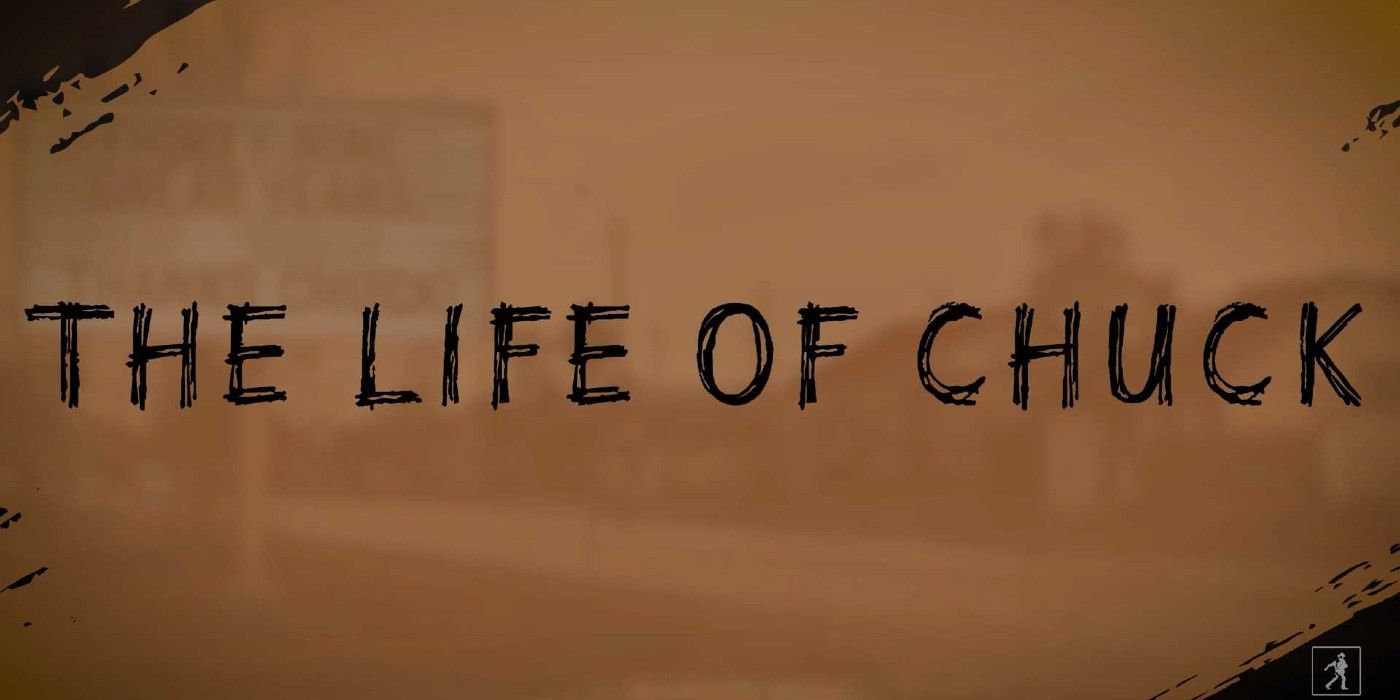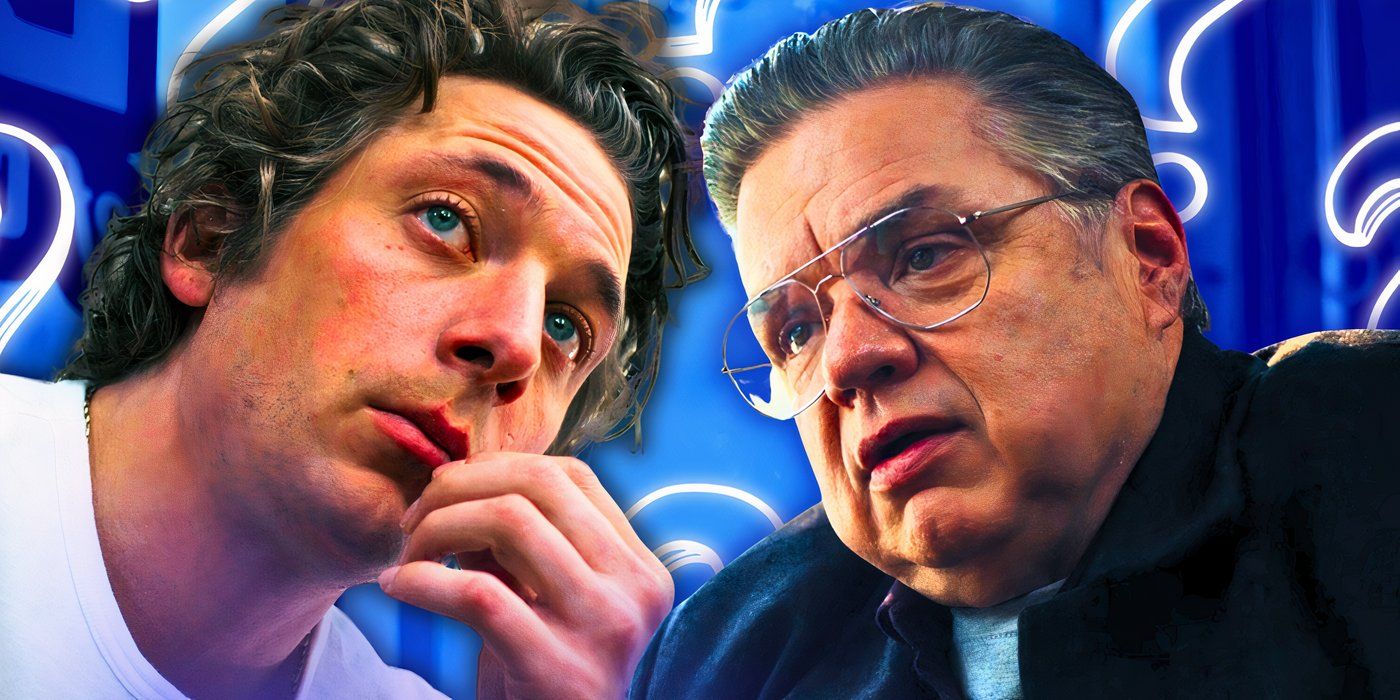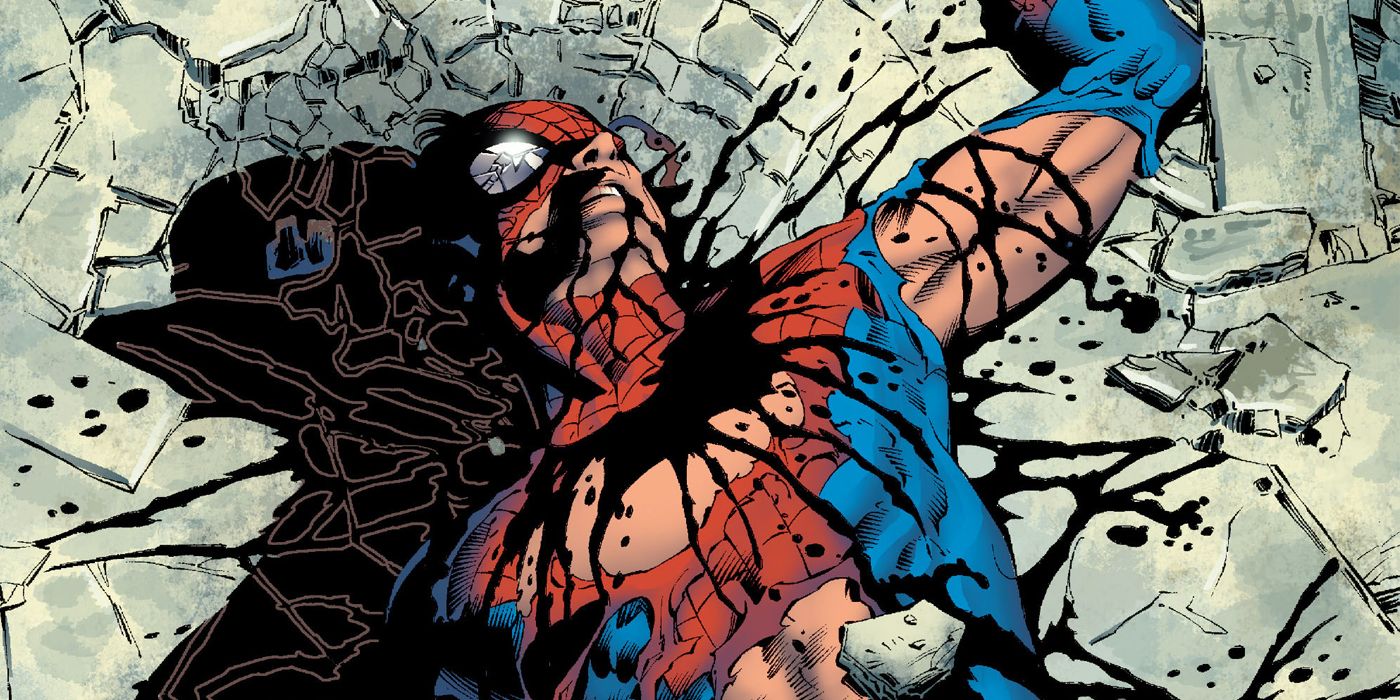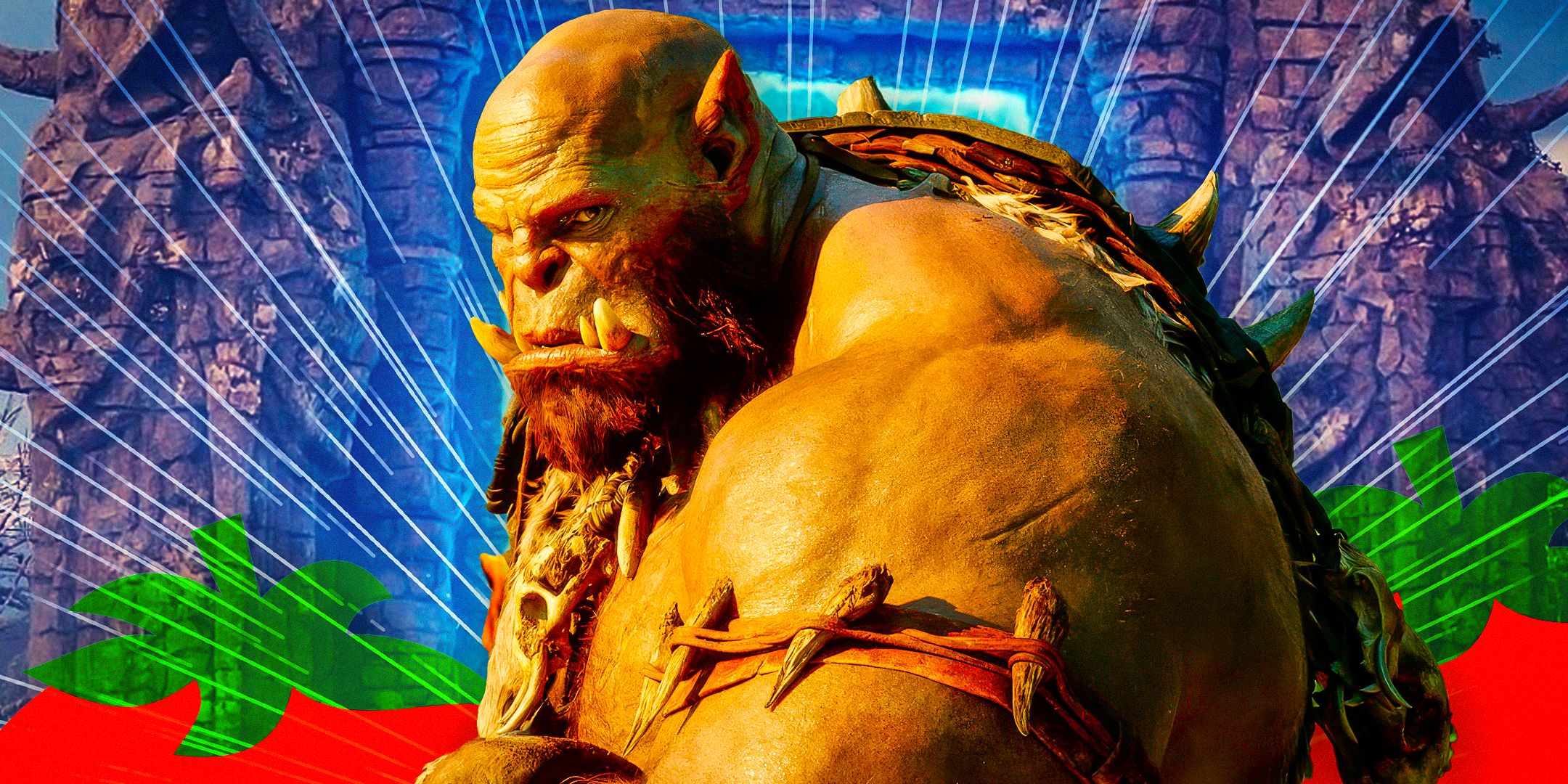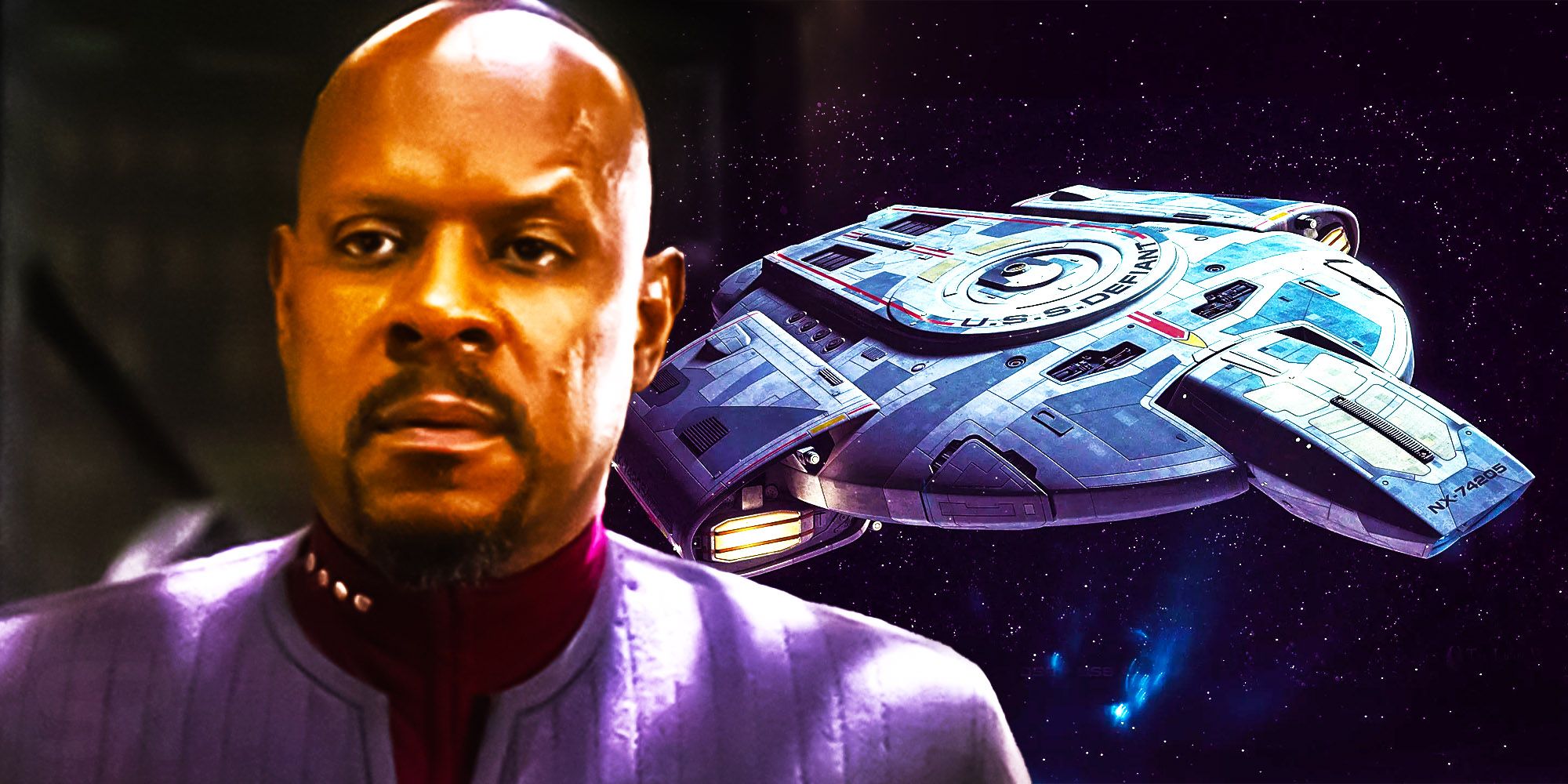Warning: This article contains spoilers for Inside Out 2.
Riley is the star of Pixar’s Inside Out franchise, but she’s not the only character whose mind and personified emotions are shown on-screen in the movies. The Inside Out movies have been praised for their deep understanding of the complexities of human psychology and emotional theory. The first film carried the poignant message that Sadness, voiced by Phyllis Smith, plays a positive role in a healthy emotional state and should be embraced, not avoided. Inside Out 2, on the other hand, gives audiences a roadmap for understanding and controlling Anxiety, voiced by Maya Hawke.
The focus of these movies is on Riley’s mind. Both films have explored the ways that her emotions have evolved as she’s gotten older. The first movie revolved around her early childhood and the sequel takes her through the messiness of adolescence. But Riley is just one of several characters whose emotions have been featured in the Inside Out franchise. The movies will occasionally dive into another character’s head if it’ll serve the story (or just serve a great gag). From Mom and Dad to Bree and Grace, various other characters’ emotions have been shown in the Inside Out films.
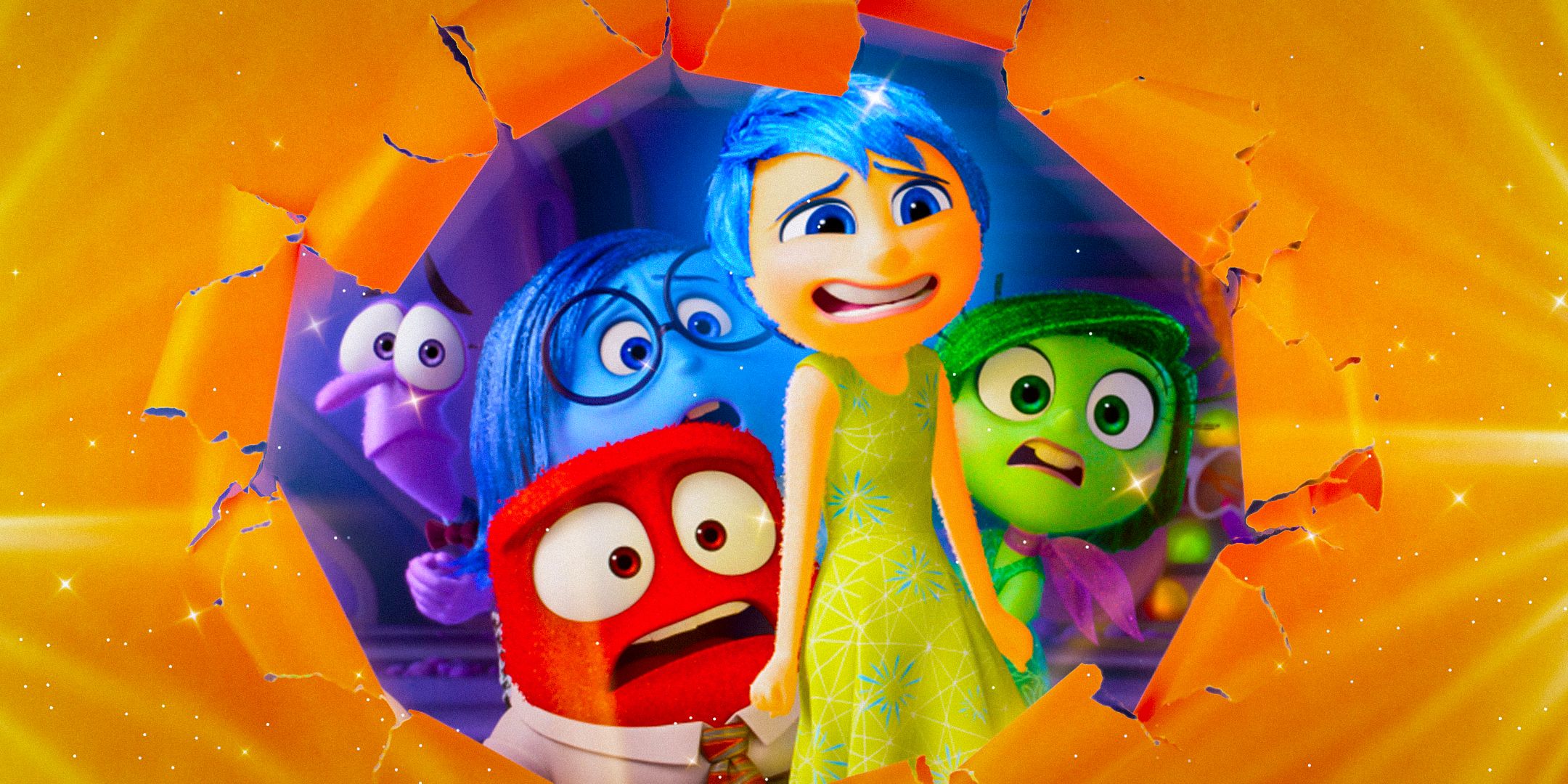
Related
Every Emotion In The Inside Out Movies Explained
The Inside Out films explore the 10 emotions inside Riley’s head that evolve throughout the franchise as she grows up and her circumstances change.
6
Cool Girl
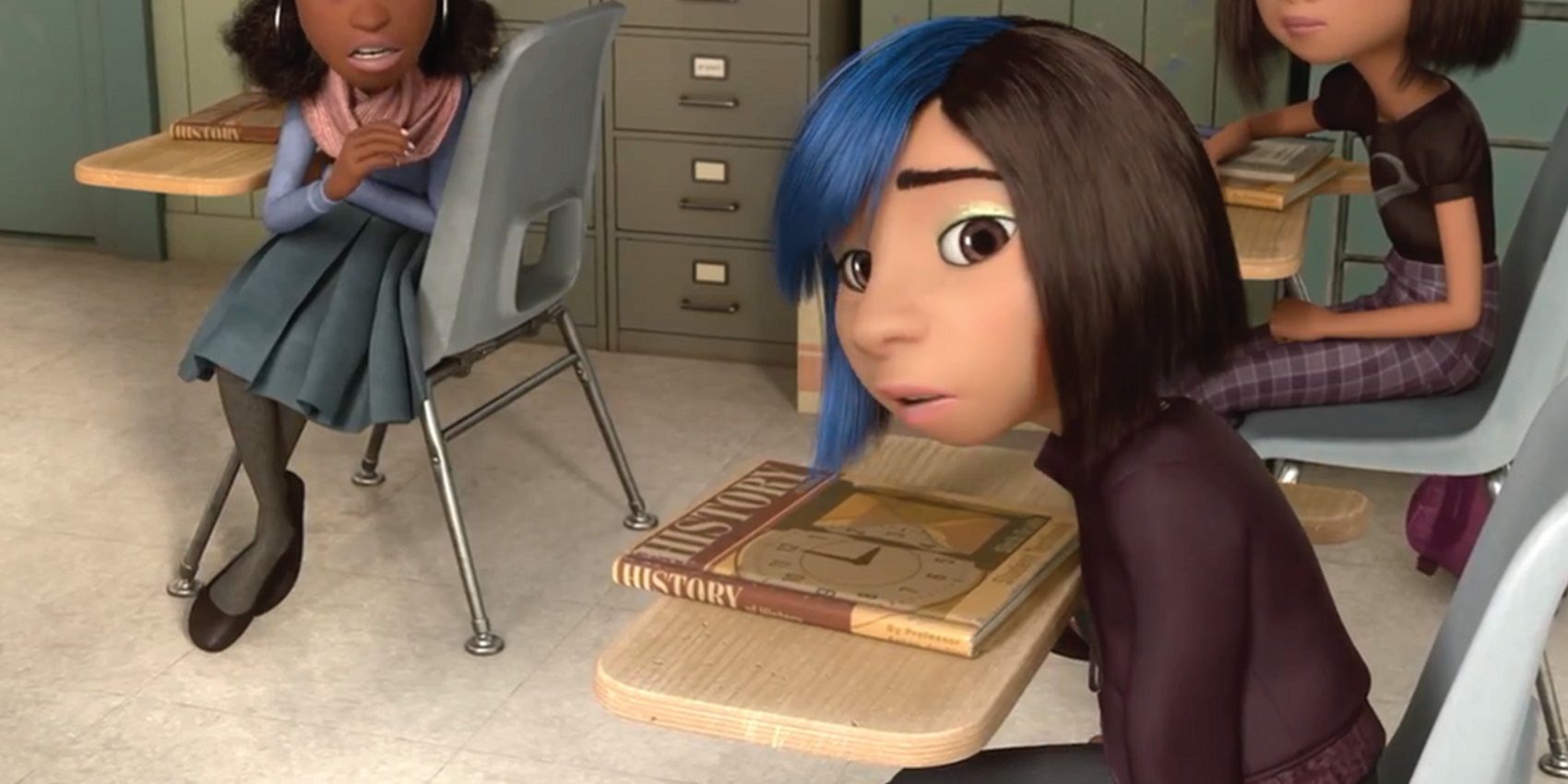
At the end of the first Inside Out movie, Riley started at her new school in San Francisco and looked around for potential new friends. She felt intimidated by a cool girl – credited only as “Cool Girl” – who seemed confident and popular. The Cool Girl wears makeup and has her black hair dyed partly blue. This gag may have inspired a storyline in Inside Out 2, because the exact same thing (a streak of hair dye) made Riley nervous around popular high school hockey star Val Ortiz in the sequel.
When Riley first spots the Cool Girl, Disgust is particularly jealous of her fashion sense (because this was before Envy was an emotion of its own within Riley’s mind). During the closing credits of the first film, the camera swoops into the Cool Girl’s mind and reveals her emotions. These emotions look just like the Cool Girl, with the same eyeshadow look, the same coat, and the same dyed hair. The Cool Girl’s emotions are played by a cameoing Rashida Jones in a fun parallel with her Parks and Recreation co-star Amy Poehler playing Riley’s Joy.
The Cool Girl’s emotions reveal that the character is deeply insecure. She believes she’s a “fraud” and her Sadness laments that being cool is “exhausting.” Her psyche is dominated by her Fear, who worries that she’ll lose her popularity among the other students. This is more than just a gag; it’s a poignant reminder that, deep down, everyone is vulnerable and insecure – no matter how outwardly cool they appear.
5
Bree
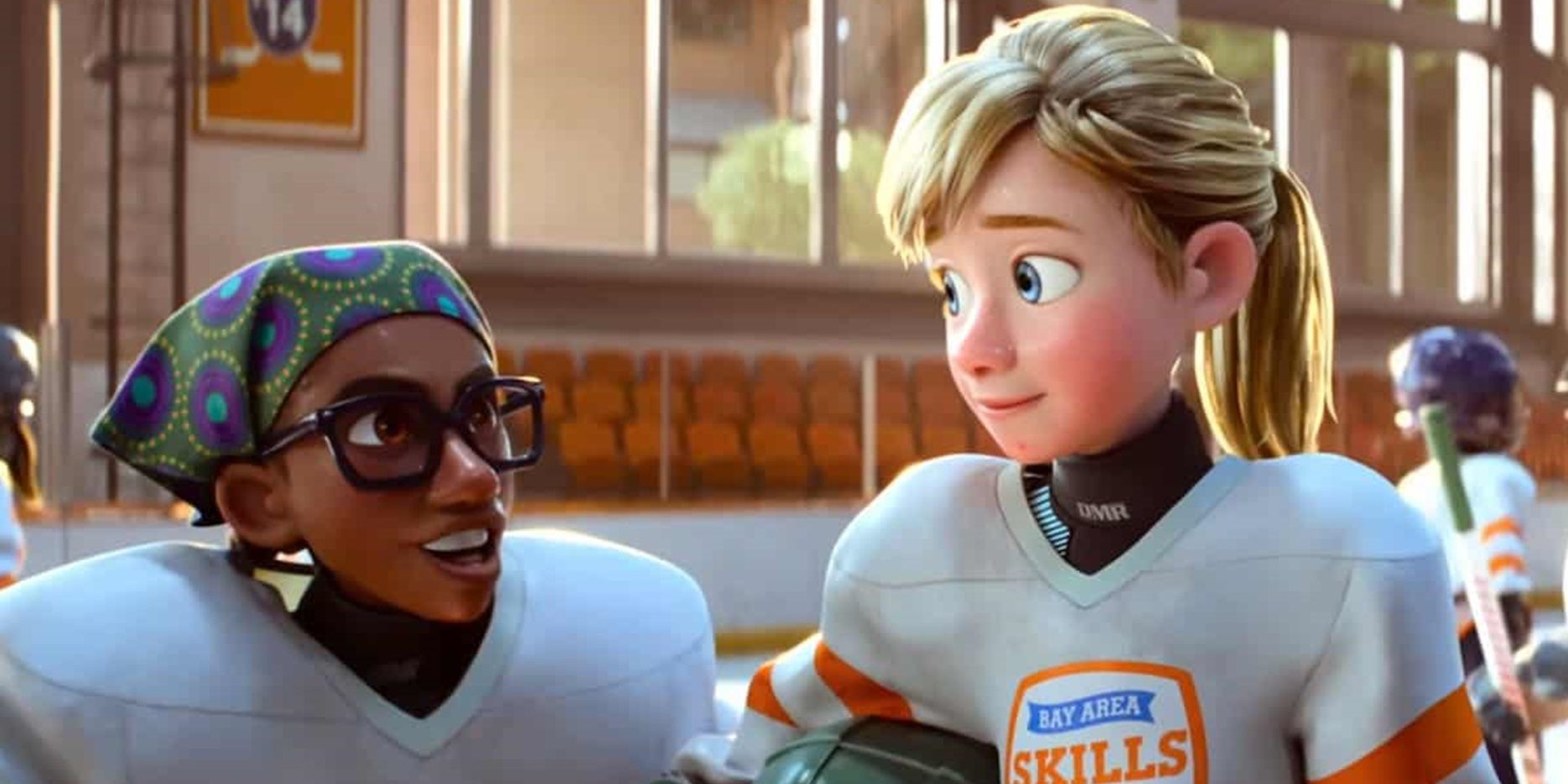
Bree is one of Riley’s best friends in Inside Out 2. Her emotions are seen when the girls are on their way to hockey camp. Riley mentions that it would be great if they all got to play on the same team together next year in high school, at which point Riley’s Disgust notices “a look” on Bree’s face. Riley’s Disgust plays back the instant replay and zooms in on Bree’s eyebrows, which made a slight move when Riley mentioned going to the same high school. She immediately deduces that Bree is hiding something.
The camera then swoops into Bree’s mind to show her own emotions worrying that Riley spotted their look. Bree’s Disgust notices “a look” on Riley’s face and does her own instant replay to show that Riley’s eyes narrowed after Bree’s eyebrows shifted. Bree’s Disgust deduces that Riley knows they’re hiding something. The standoff continues as Riley and Bree stare each other down and try not to reveal what they know about the other (which is futile when their respective Disgust emotions spot every little facial tic and analyze them in slow-motion).
4
Grace
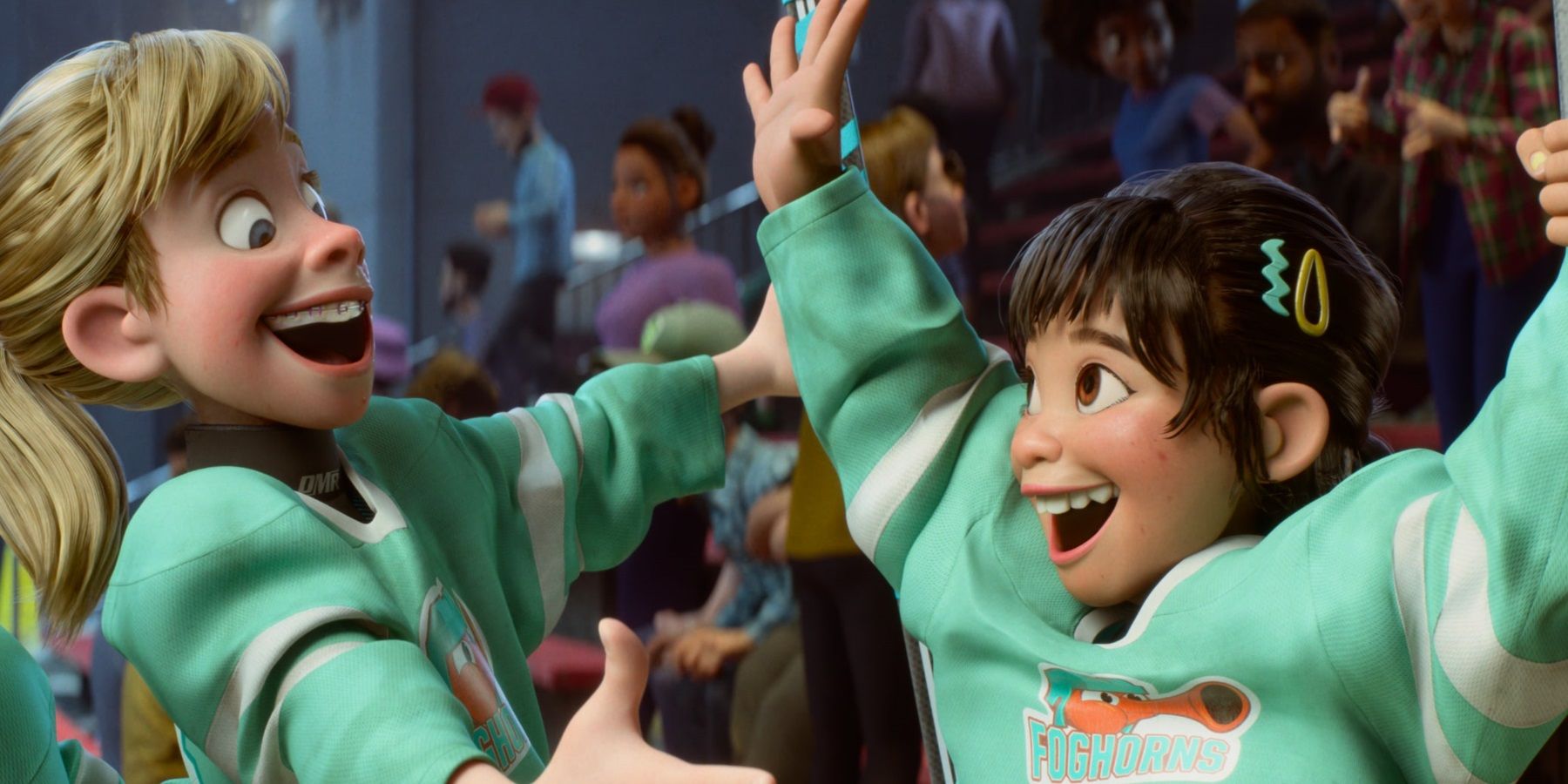
While Riley and Bree are analyzing each other’s looks, their other best friend Grace sits between them on the backseat, looking uncomfortable. Unable to deal with the awkwardness, Grace blurts out that she and Bree won’t be on the same team as Riley next year. Bree explains that she and Grace have been assigned to a different high school, so Riley will have to face high school alone. This unexpected change is what triggers the arrival of Anxiety in Riley’s mind. Although Grace’s emotions aren’t shown at the climax, her emotions are crucial to the resolution of the film’s conflict.
In the climactic sequence of Inside Out 2, Riley’s Anxiety gets the better of her and, in her determination to woo Coach Roberts at the hockey game, she accidentally injures Grace and gets sent to the penalty box. There, she suffers from a panic attack as her Anxiety becomes a flustered whirlwind at the controls. Despite the injury, Grace’s emotions encourage her to come over and see if Riley is okay, which helps her overcome the anxiety attack and regain her sense of self. Grace’s emotions are the unsung heroes of Inside Out 2.
3
Mom
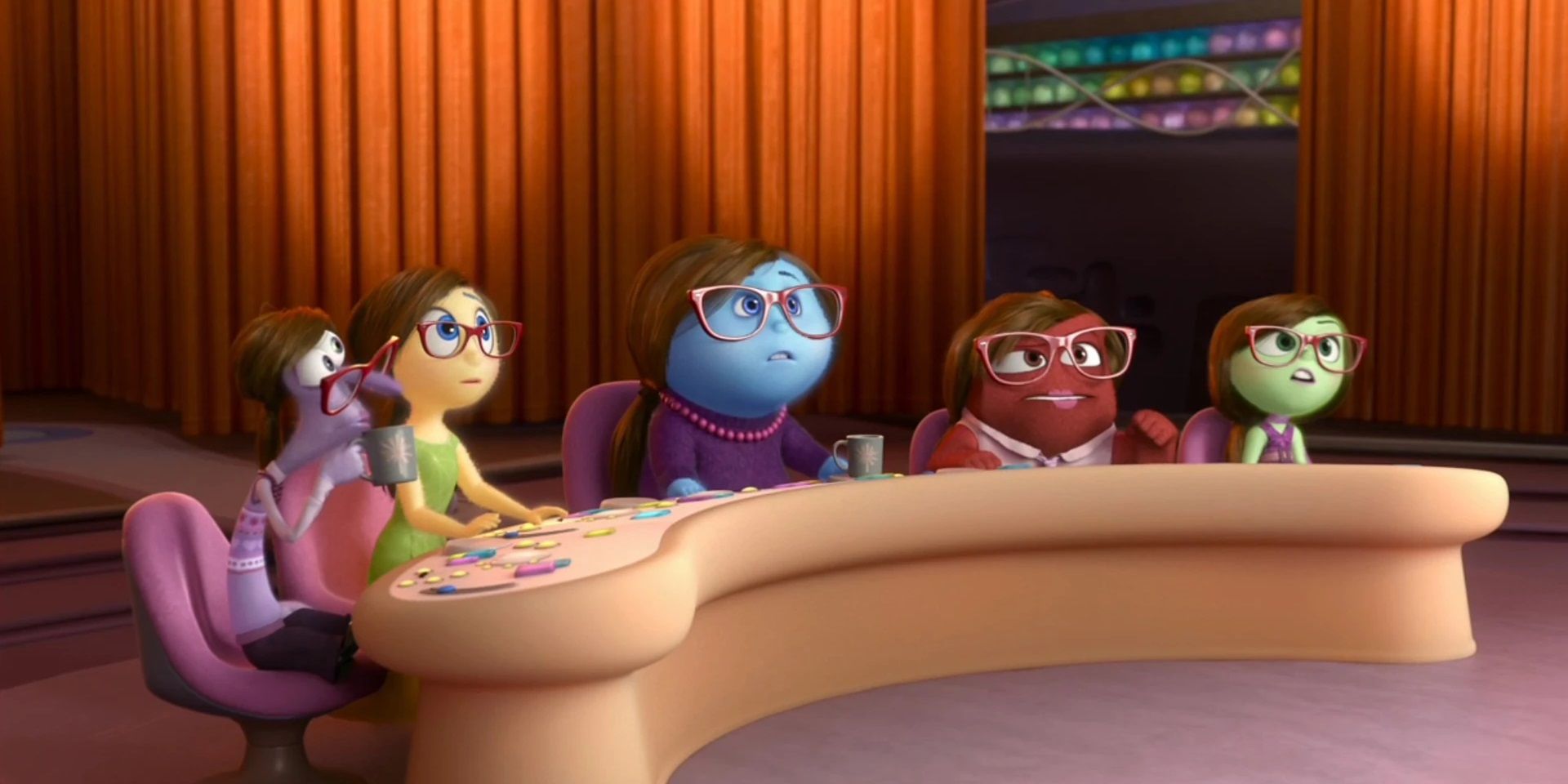
Riley’s mom’s emotions have been featured in both Inside Out movies. In the first movie, Sadness is shown to be Mom’s dominant emotion (in the same way that Joy is Riley’s dominant emotion). This could be seen as a dark revelation about Mom’s emotional state, or it could just be seen as foreshadowing for the movie’s ending. By the end of the film, Riley will embrace Sadness and understand its positive role. Riley’s mom’s mind shows that she already came to that realization. In the sequel, Mom’s Anger – voiced by Girls5eva’s Paula Pell – is shown to be her dominant emotion.
Mom’s Anger has plenty of wry one-liners about Riley’s teen angst and her refusal to open up. When the Inside Out sequel was confirmed to introduce new emotions into Riley’s mind, eagle-eyed viewers were quick to point out that Riley’s adult parents didn’t have any extra emotions. The sequel includes a nod to this supposed plot hole when Riley comes back from camp and refuses to go into any detail about how it went. Mom’s Anxiety comes into the Headquarters from the back of her mind to worry about Riley, and the other emotions say, “Welcome back, Anxiety.”
2
Dad
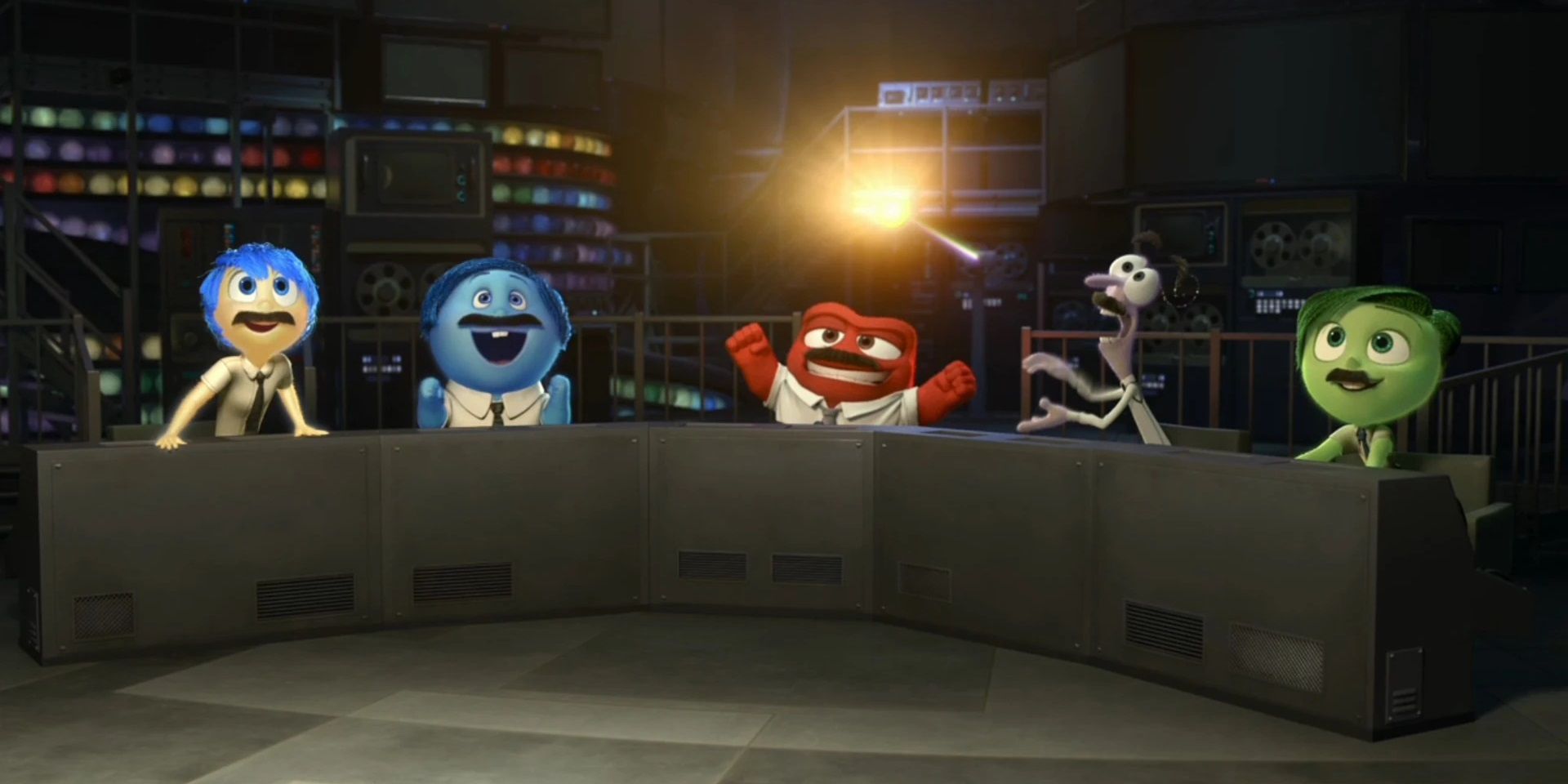
Riley’s dad’s emotions have also been featured in both Inside Out movies. Like many dads, Riley’s dad’s emotions are dominated by Anger. The movie has made plenty of references to the fact that men are a lot less in touch with their emotions than women. Riley’s dad’s emotions are shown to be complacent and ignorant. In the first film’s dinner scene, when Mom tries to engage Dad in a meaningful conversation about Riley’s emotions, his emotions are kicking back and watching a game. They suddenly have to perk up and pretend they were paying attention.
At the end of Inside Out 2, when Riley tells her parents that hockey camp was “good” without elaborating any further, her mom’s emotions freak out. They worry that there’s something their daughter didn’t tell them, or that something bad happened and she doesn’t want to talk about it. But Riley’s dad’s emotions are way more chill about the whole thing. One of them initially panics that she just said camp was “good,” but then all the other emotions concur, “Yeah, that sounds about right,” before going back to idly watching the game.
1
Riley
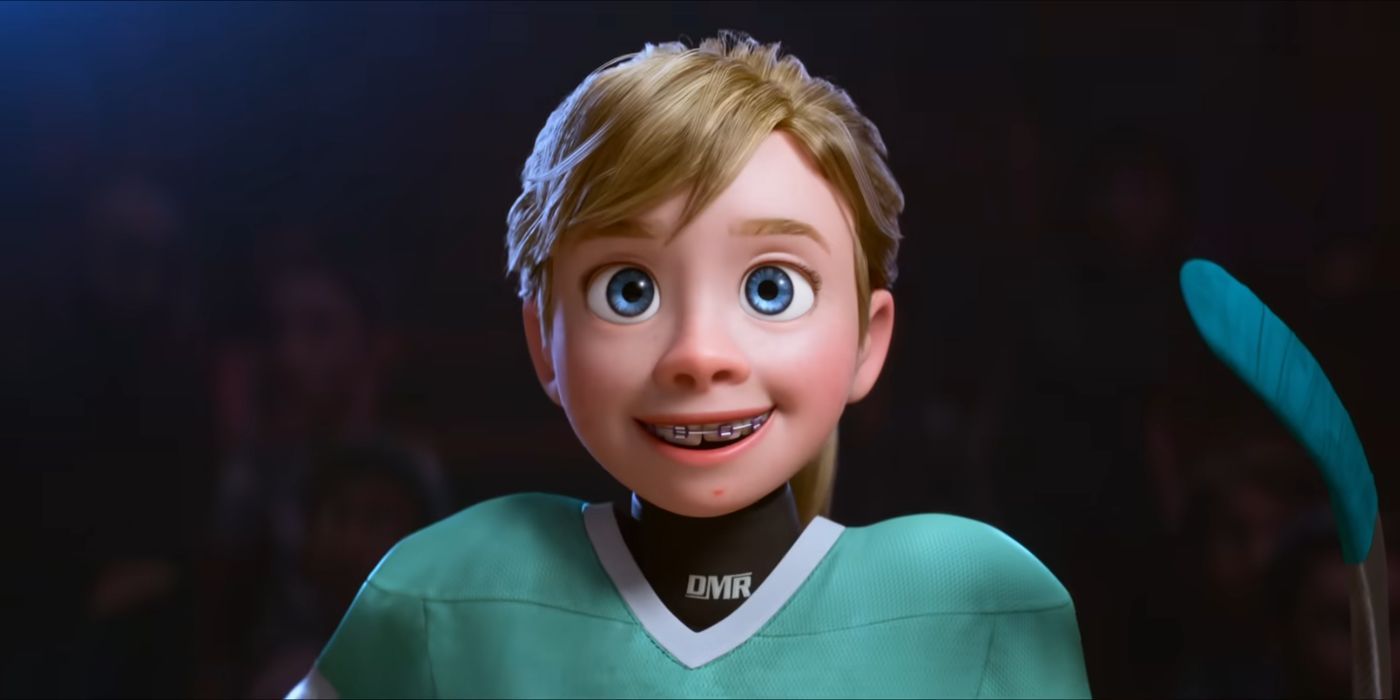
Of course, the character whose emotions are the most important in the Inside Out universe – and the character that the entire saga revolves around – is Riley. In the first movie, Riley’s mind was controlled by five key emotions: Joy, Sadness, Anger, Fear, and Disgust. The conflict of the film kicks off when Joy and Sadness are whisked away from Headquarters, leaving Anger, Fear, and Disgust in charge at a crucial point in Riley’s life. As she tries to adjust to a huge change, Riley doesn’t have her Joy or Sadness to help her through it.
Throughout the movie, Joy and Sadness go on an incredible adventure to get back to Headquarters. By the time they get there, Joy has come to appreciate the positive role that Sadness plays. While Riley is missing her old home and the friends she left behind, Sadness could really help her. When they return to Headquarters, Joy hands all of Riley’s core memories to Sadness, so she can color those memories with melancholy and allow Riley to process her sadness in a healthy way.
Then, in Inside Out 2, when Riley turns 13, four new emotions arrive in Headquarters to wrestle the steering wheel away from Joy: Envy, Ennui, Embarrassment, and the loudest of all the new emotions, Anxiety. After Joy challenges Anxiety’s newfound leadership, Anxiety has Riley’s five original emotions literally bottled up and locked away in a vault. Anxiety would then spend the rest of the movie ostensibly trying to help Riley with the most destructive ideas imaginable. By the end of the sequel, Riley has managed to wrap her head around Anxiety and control its negative effects.
Inside Out is a different kind of Pixar franchise. Previous Pixar movies had used talking toys, friendly monsters, anxious fish, and suburban superheroes as metaphors to explore touching themes and storylines. But in Inside Out, the metaphors are the story. It was a risky endeavor, but Pixar has now pulled off the impressive feat of literal emotional storytelling twice.
